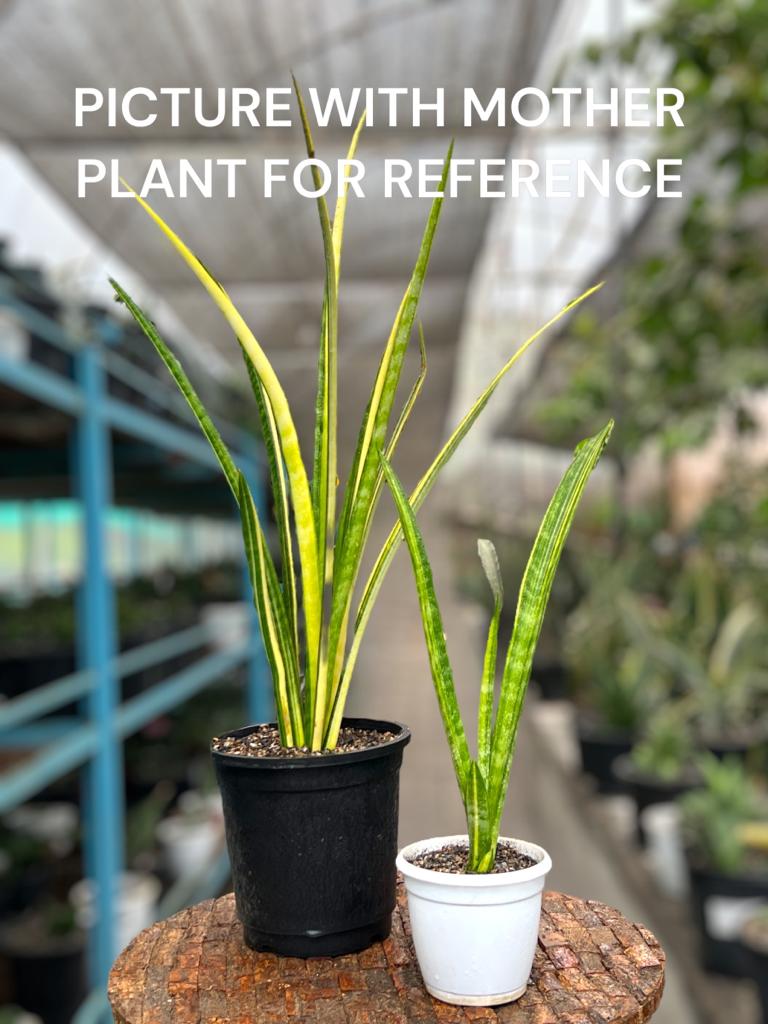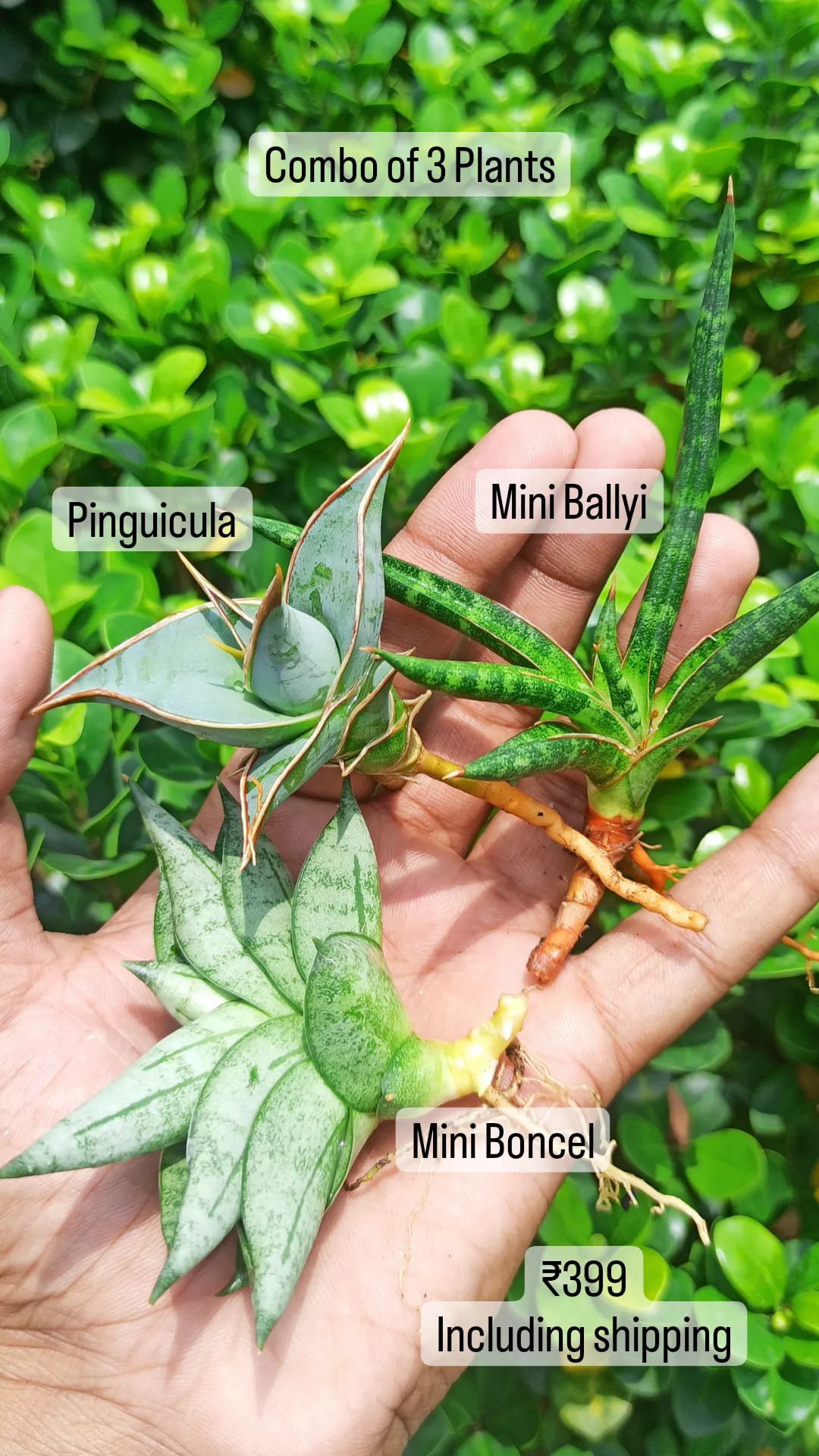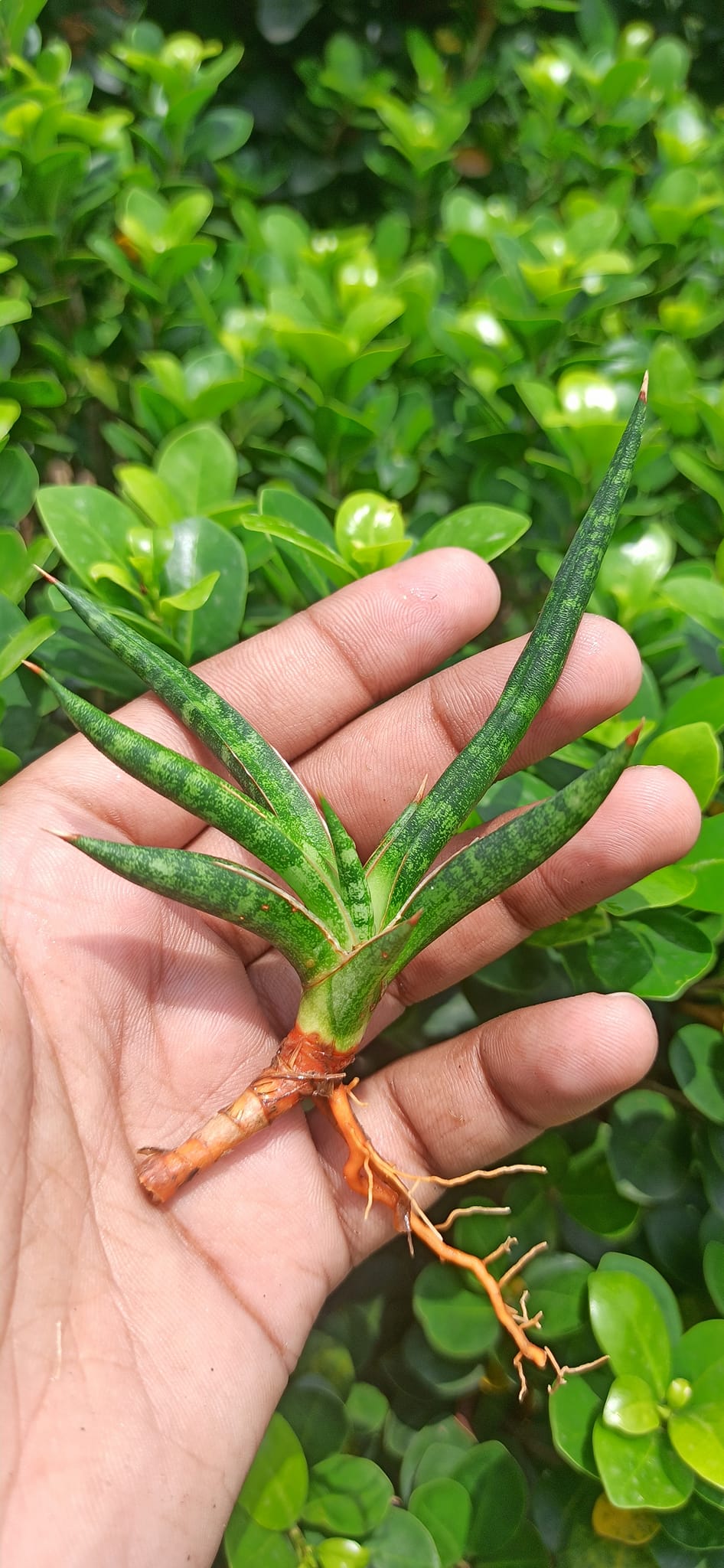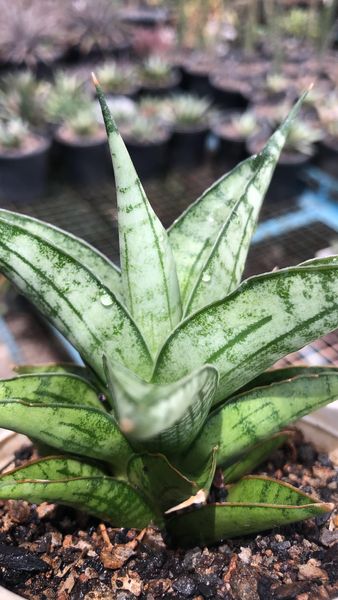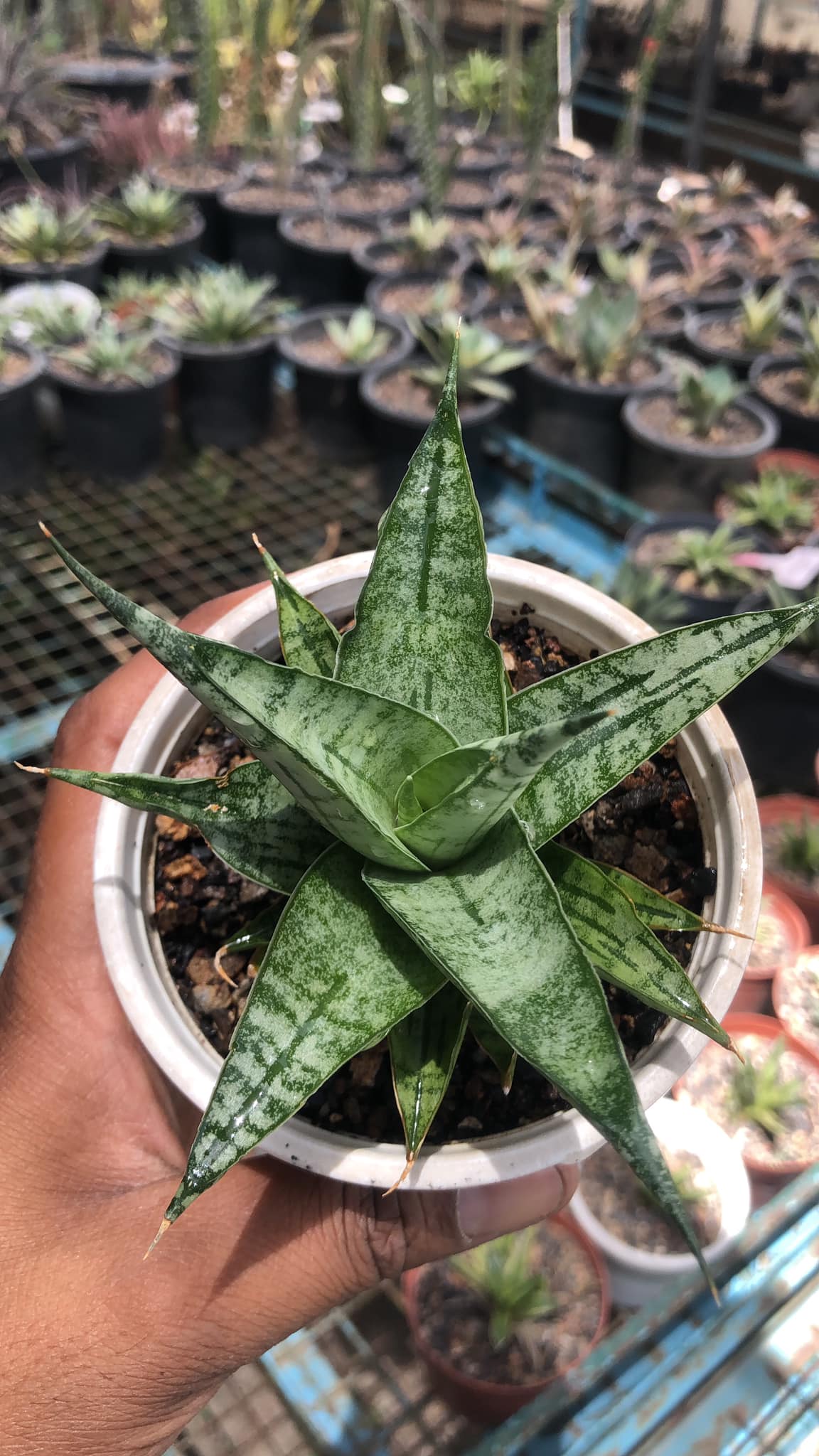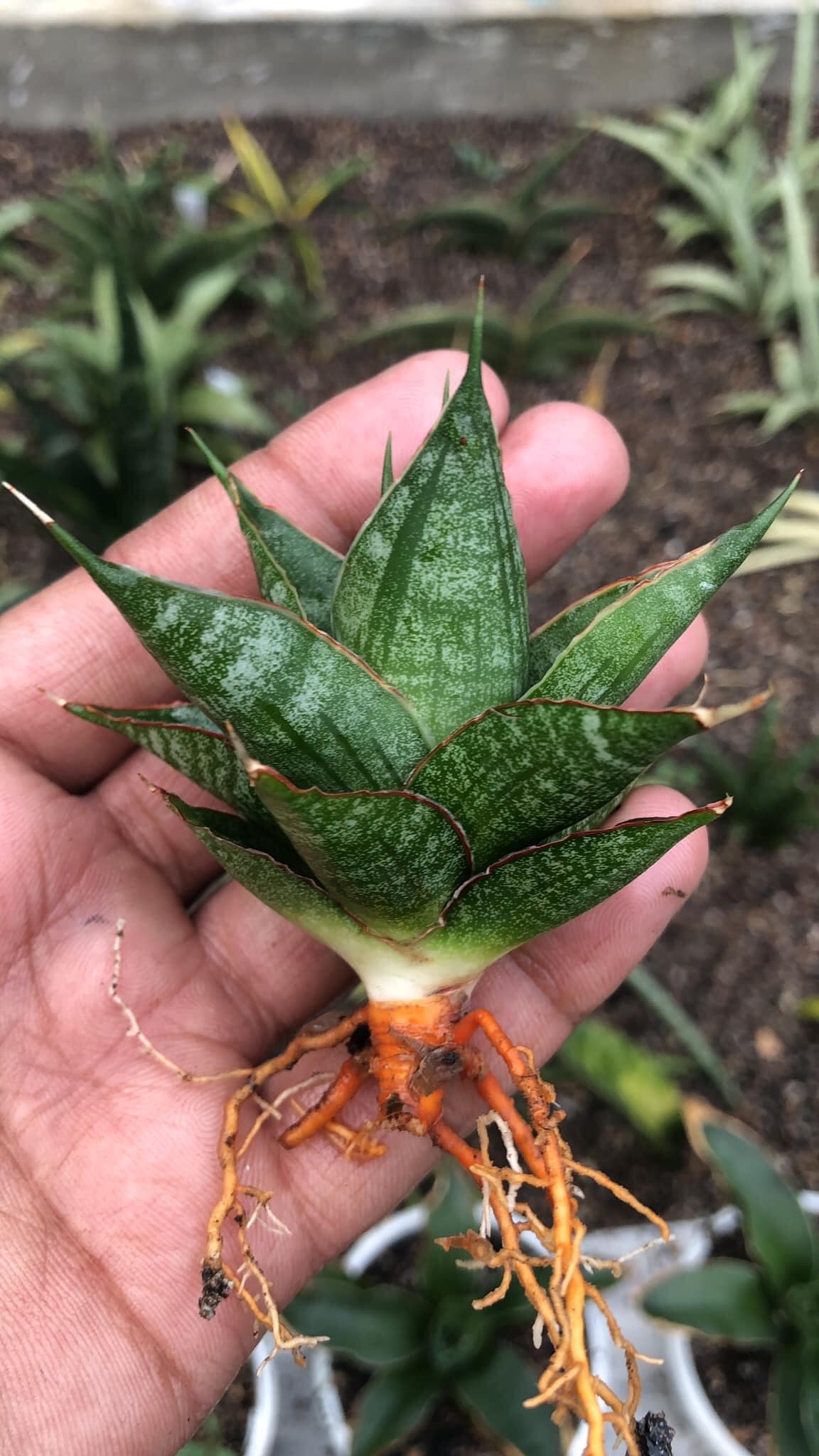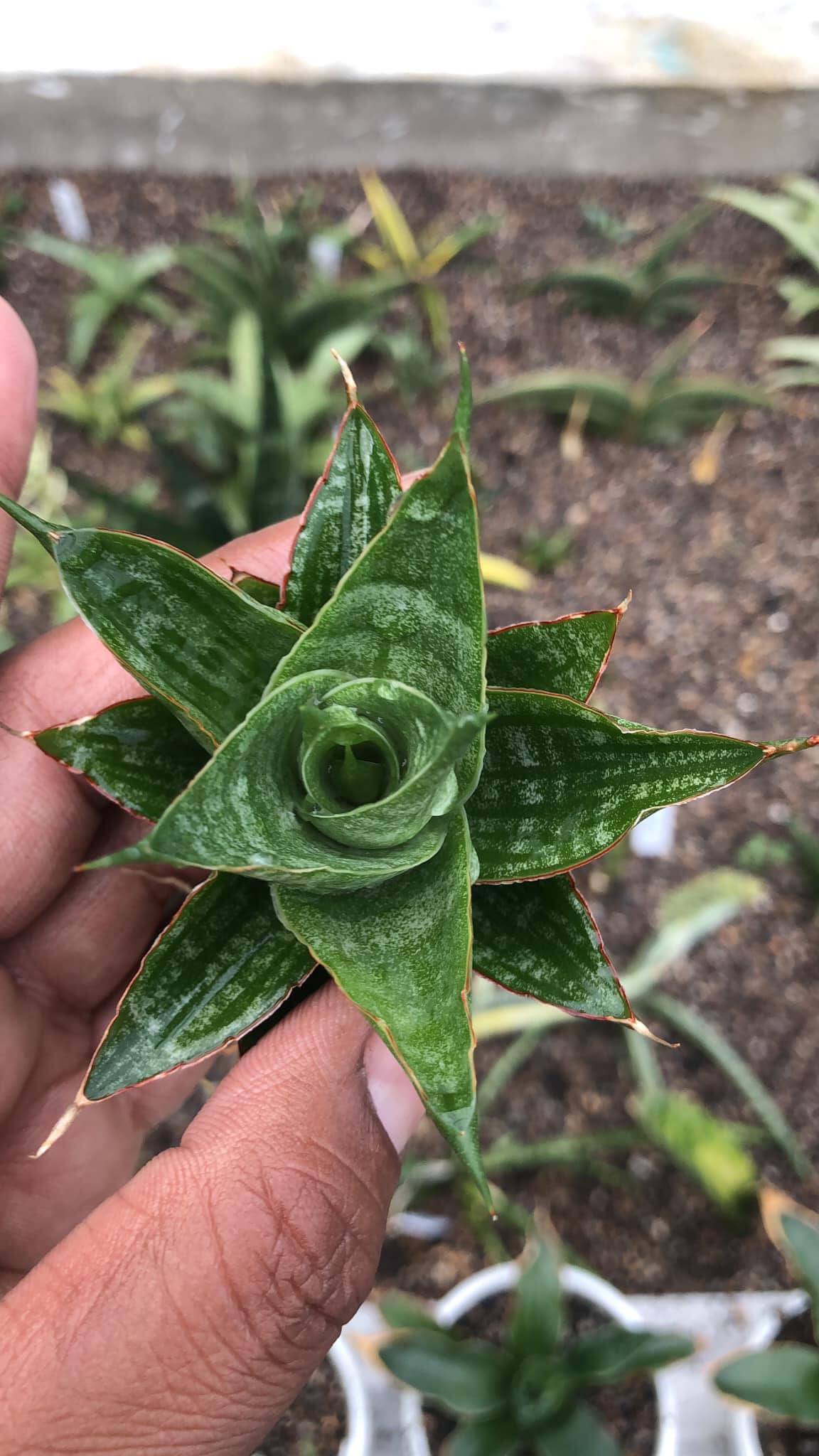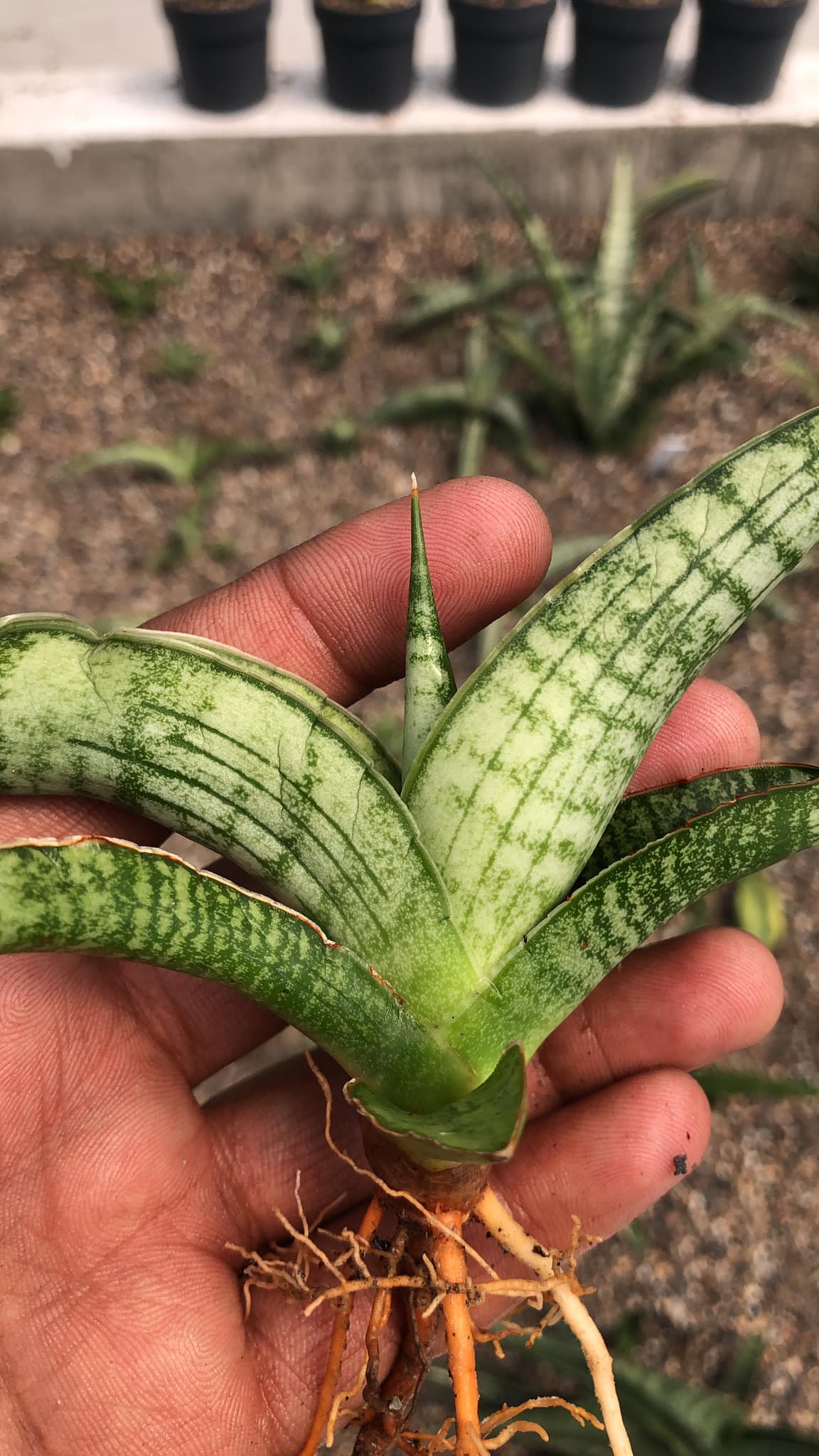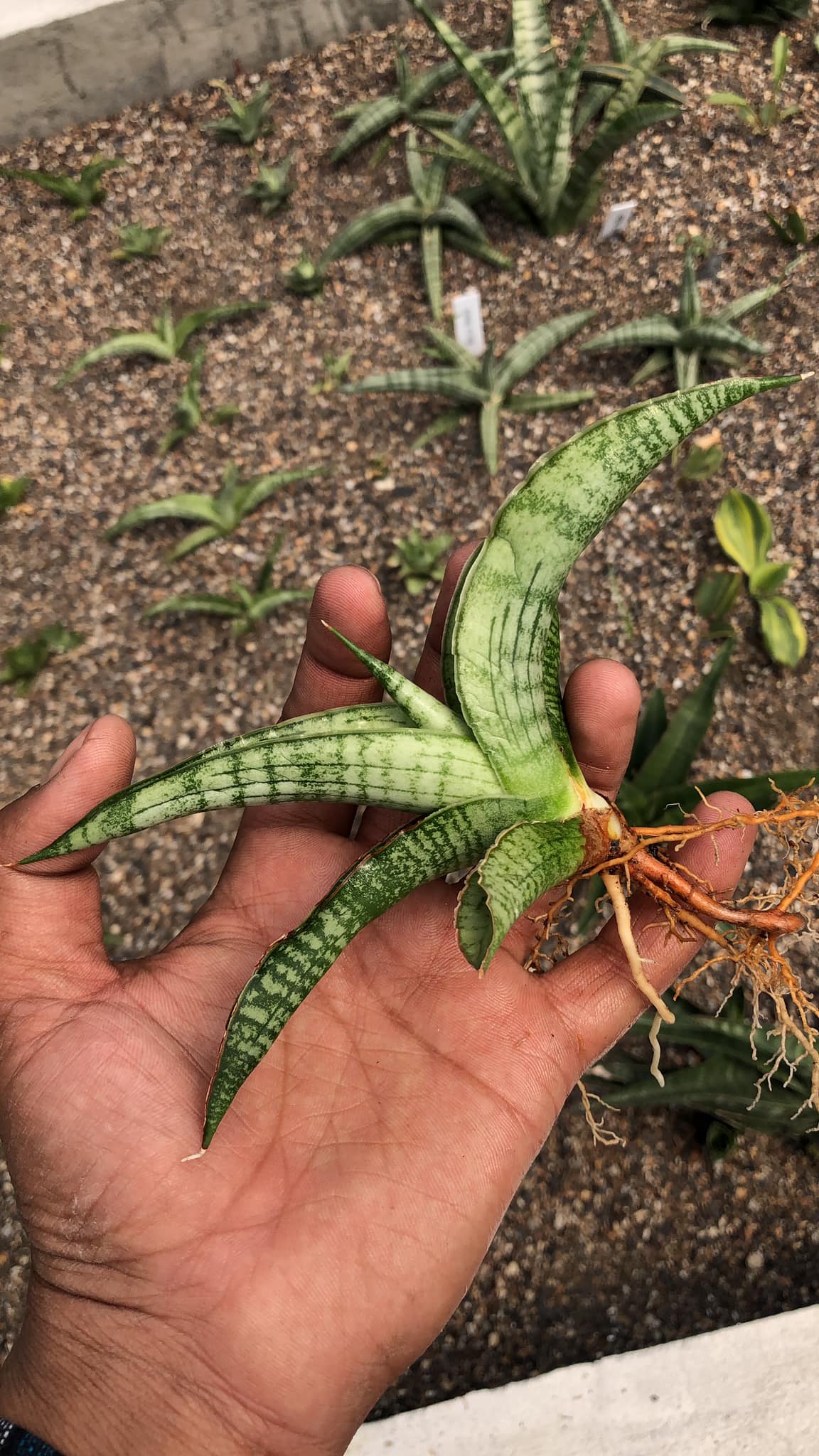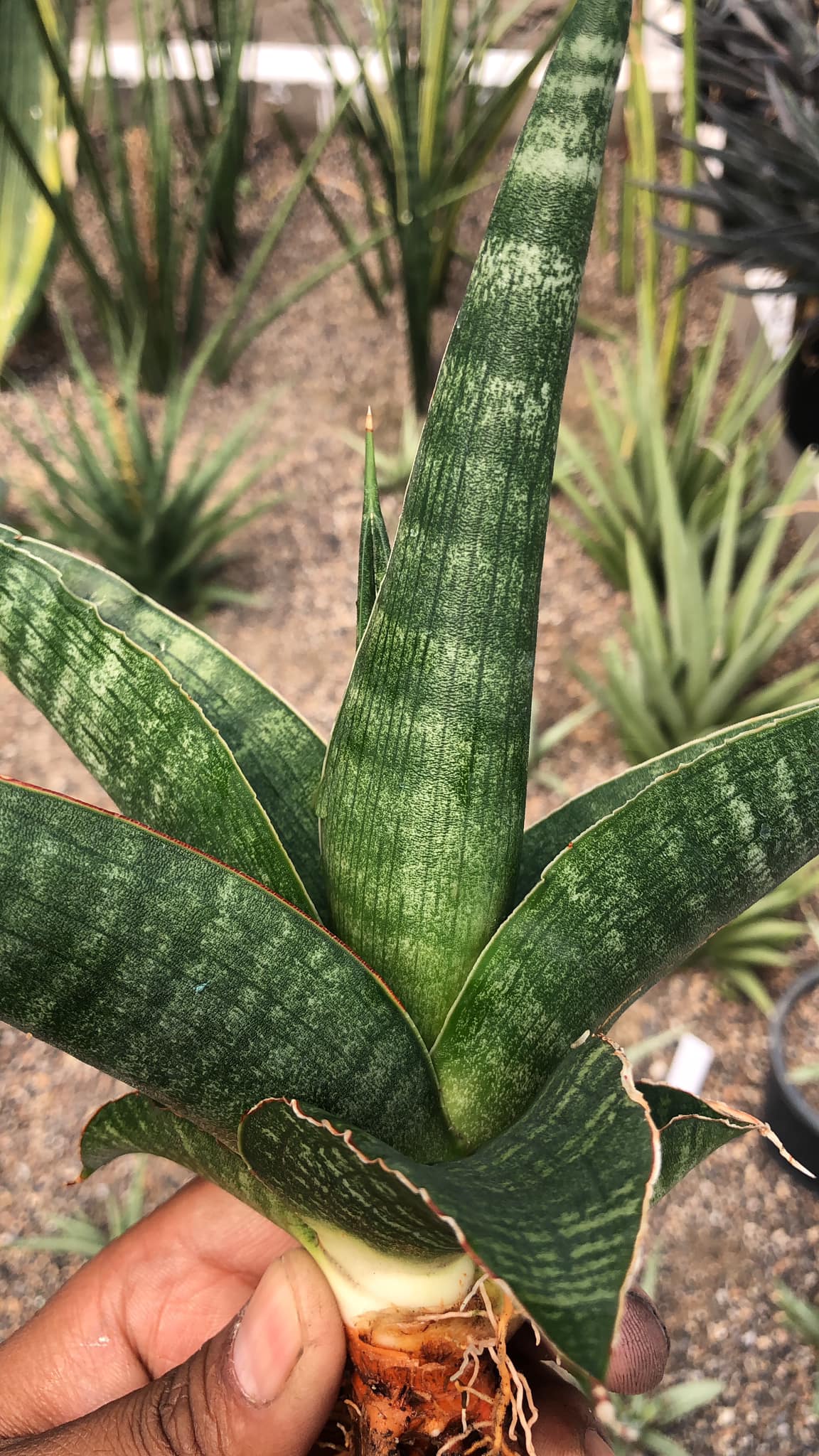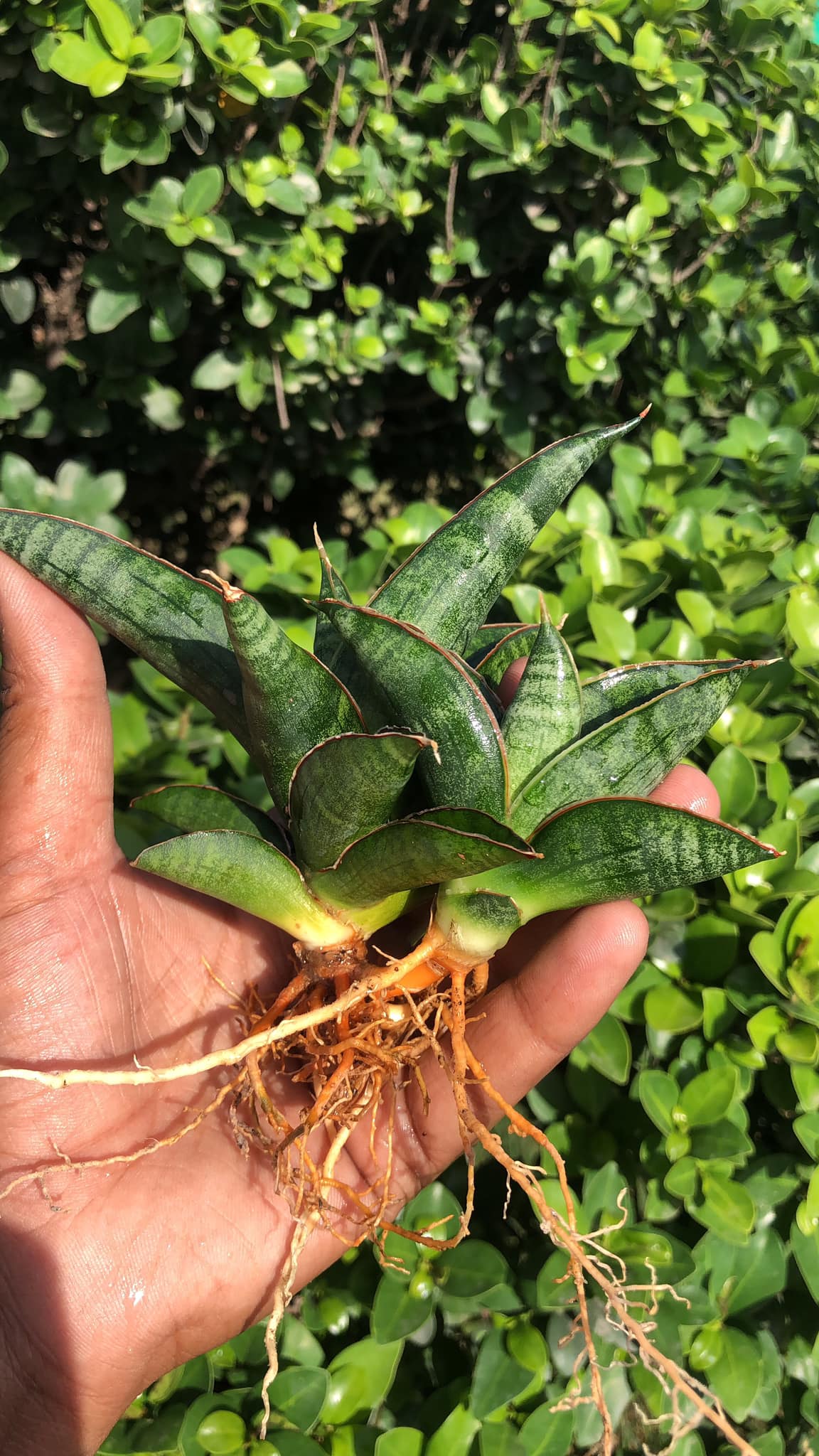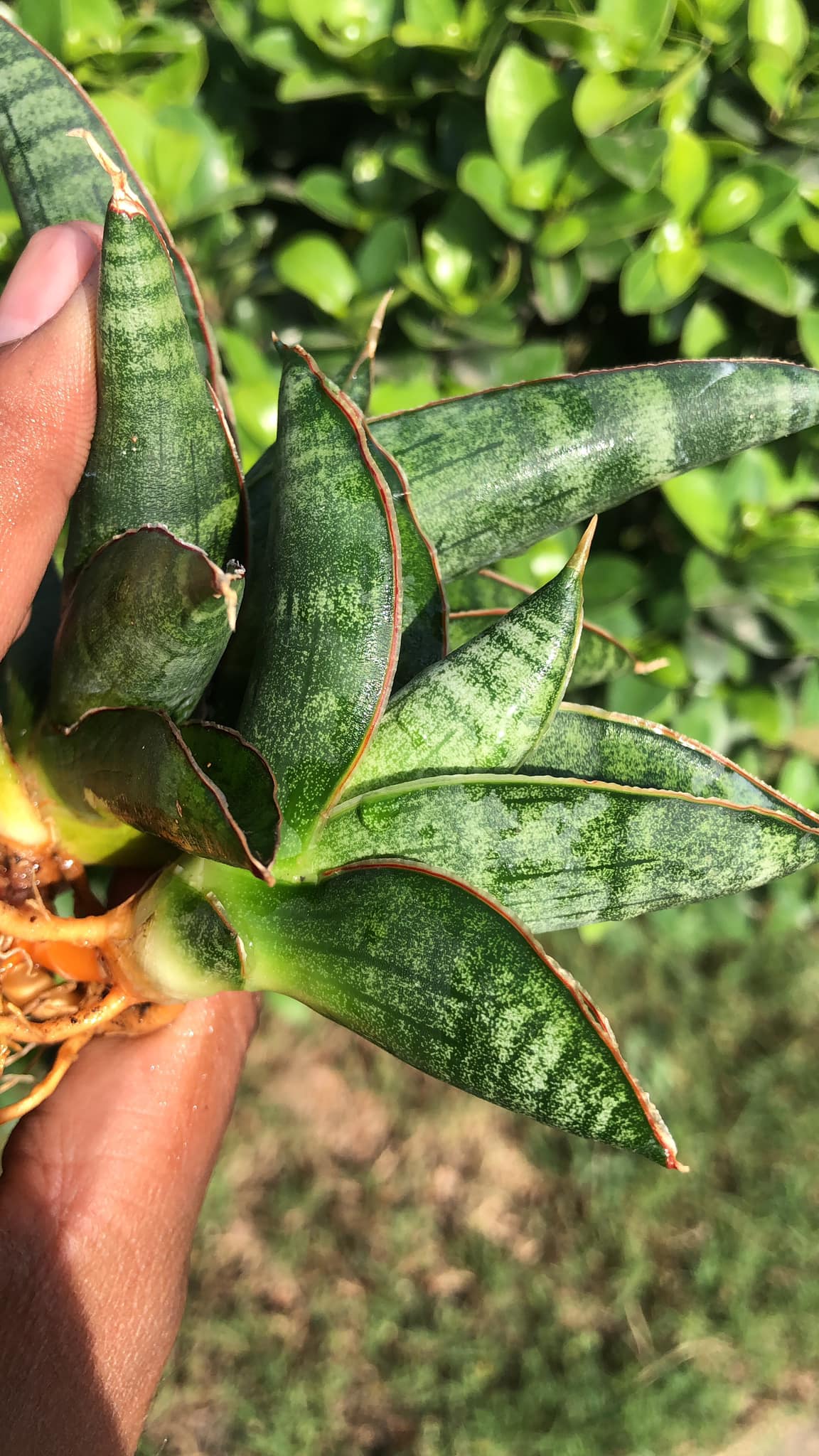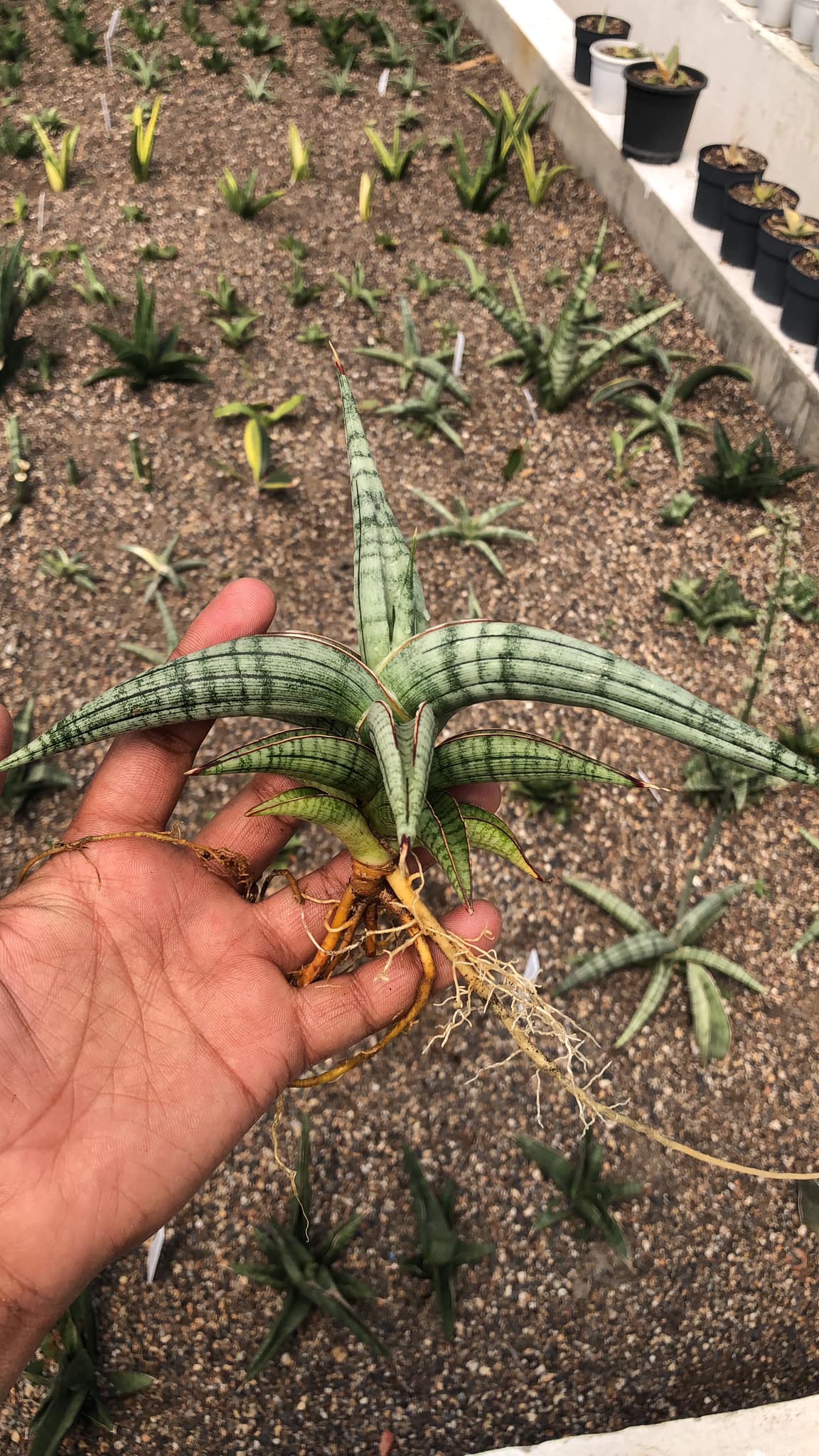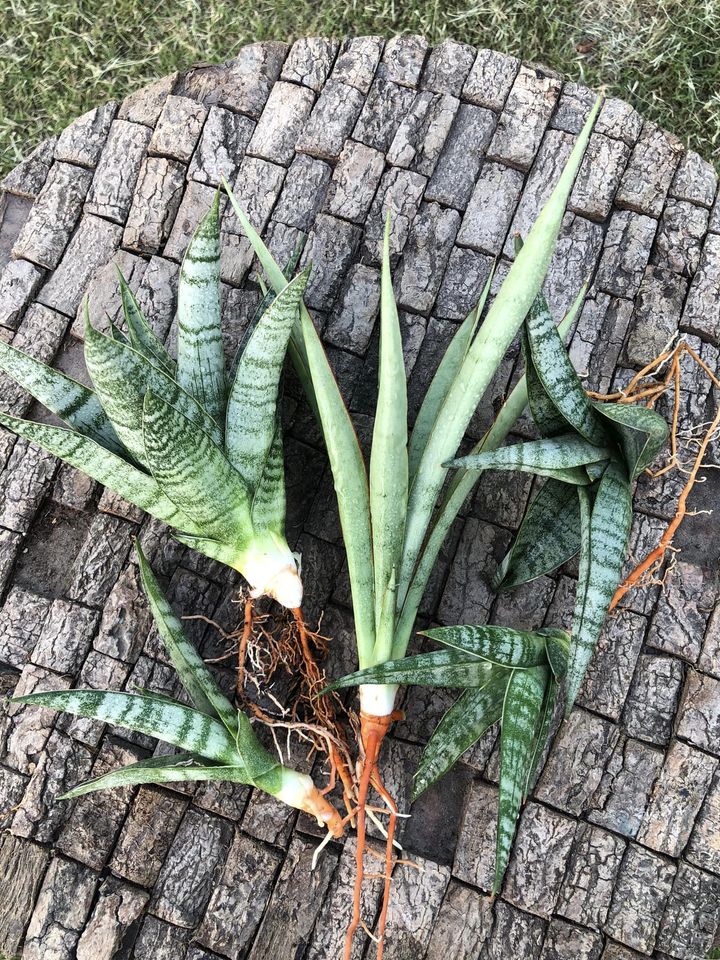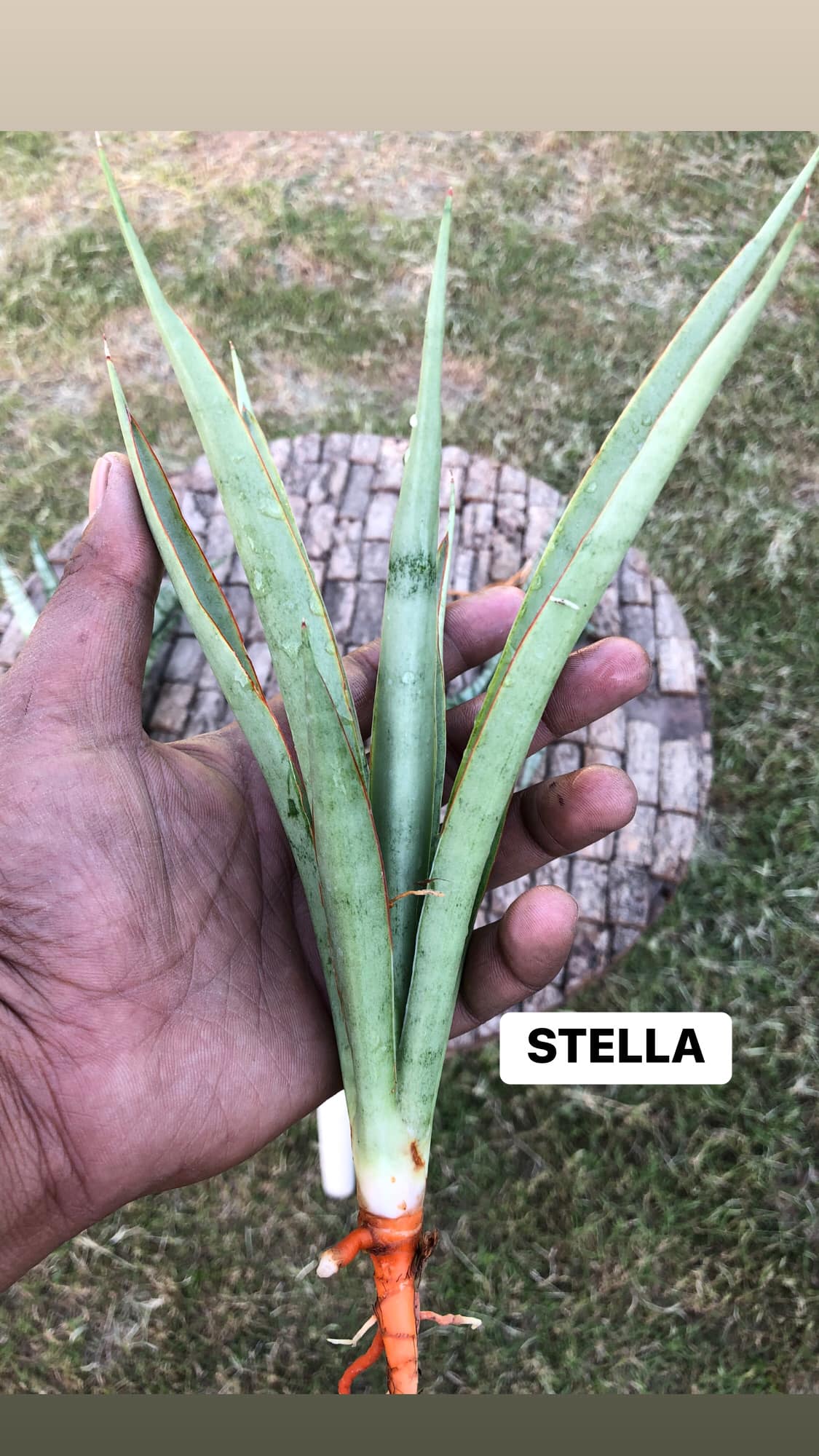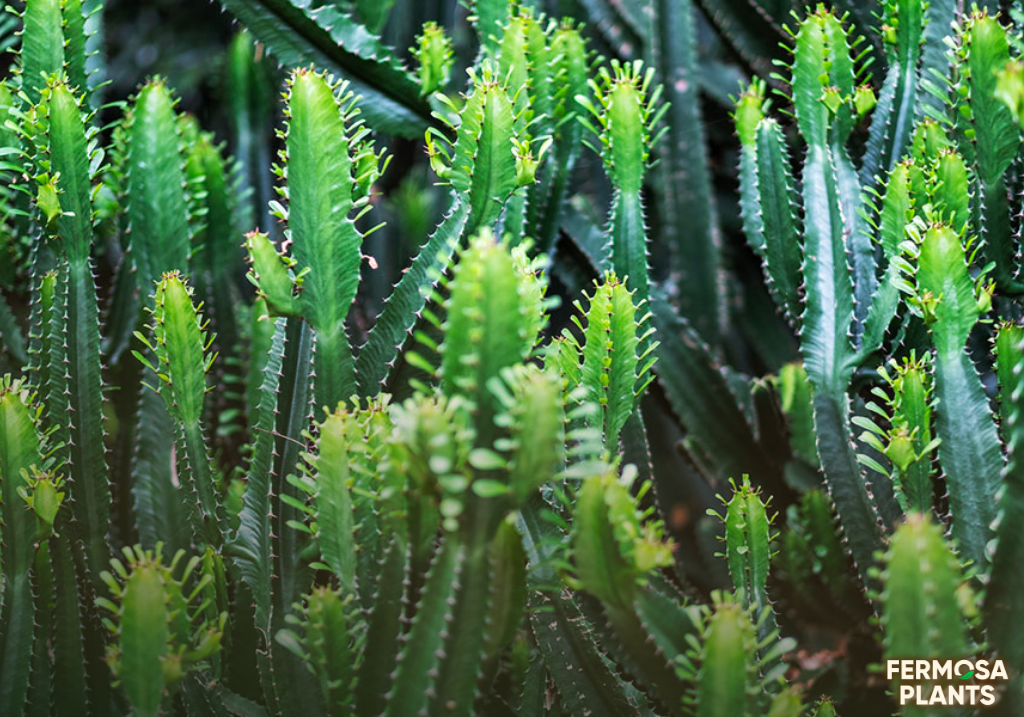
How To Care for a Euphorbia

Euphorbias occur naturally in many parts of the world, but most notably Africa, Asia, Europe, and North and South America. The variation of form and size provide a spectacle of plant life. Some are as large as trees and others range as small groundcovers. There are over 2,000 species, many of which you will find familiar from interior commercial plantings. Crown of thorns is recognizable by its spiky stems, and donkey spurge is aptly named with thick rope-like stems sprawling away from the plant. Poinsettias are a form of Euphorbia that is recognizable to almost everyone.
Euphorbias are very easy to care for. They require a little pampering to become established, but once they are these plants are quite self-sufficient. In fact, more die from too much care, especially overwatering, than from neglect. However, they are fairly hardy and make great plants for beginners.
It's critical to provide your Euphorbia with soil that has sharp drainage. Soggy soil can quickly cause root rot and kill a plant. If you're growing your plant in a container, it should have ample drainage holes. An unglazed pot is best because it will allow excess moisture to escape through its walls as well as through the drainage holes. Provide your plant with lots of light and periodic watering. Avoid overhead watering, which can cause powdery mildew and other fungal problems on the foliage. Pruning is typically only necessary for overgrown plants to bring them back to a manageable size.
Light
Euphorbia plants prefer a spot in full sun, meaning at least six hours of direct sunlight on most days, though some species can tolerate part shade. In hot climates, some afternoon shade can be helpful for most species.
Soil
All Euphorbias, especially the succulent varieties, need well-draining soil. A sandy soil with a slightly acidic to neutral soil pH is best, though most will do fine in slightly alkaline soil as well. When grown in containers, Euphorbia should be planted in a cactus/succulent potting mix.
Water
Water whenever the top couple inches of soil feels dry from spring to fall when the plant is actively growing. During the winter, reduce watering to only when the plant shows signs of wilt.
Temperature and Humidity
Most Euphorbia species can tolerate hot temperatures and prefer a warm environment with average daytime temperatures around 80 degrees Fahrenheit. Cold tolerance varies among the species. Some will handle a light frost while others don’t grow well in temperatures below roughly 55 degrees Fahrenheit. Humidity tolerance also varies. It’s important to have good ventilation around the plants if there is high humidity to prevent fungal disease.
Fertilizer
Feeding requirements vary by Euphorbia species, but in general all of the plants will benefit from some fertilizer. Adding compost or a balanced organic fertilizer to a new plant will help to promote healthy growth. Then, many Euphorbia species will do fine with a weak liquid fertilizer applied throughout the growing season. Container plants typically need more feeding than ones grown in the ground. And a plant that develops yellowing leaves at the bottom is one that's in need of feeding.
Propagating Euphorbia
Euphorbias can be grown from seed, but the seeds are difficult to germinate (or even find). This plant is usually propagated by stem cuttings planted in a seed-starting mix or cactus potting mix. Fresh cuttings can ooze sap and irritate the skin, so wear gloves when handling them. Allowing the cut stem to dry overnight will improve your success rate of rooting the cutting, as will the use of a rooting hormone. Keep the growing medium lightly moist as the cutting develops roots. Once you feel resistance when you gently tug on the stem, it is ready to be planted wherever you plan to grow it.
Common Pests/Diseases
Euphorbia plants tend to grow mostly problem-free. Between the milky sap and the spiky needles, few animals find Euphorbias tempting. However, there are a few pests and diseases to be on the alert for. Mealybugs and spider mites are the most common pests. They will feed on the plants, weakening and eventually killing them. The population of both these insects can increase to large numbers rapidly. So catching them early is your best chance of controlling them. Insecticidal soaps and oils are good nontoxic remedies. Furthermore, root rot and fungal diseases can occur when conditions are too moist. Try to correct an afflicted plant's growing conditions first before resorting to fungicides.






